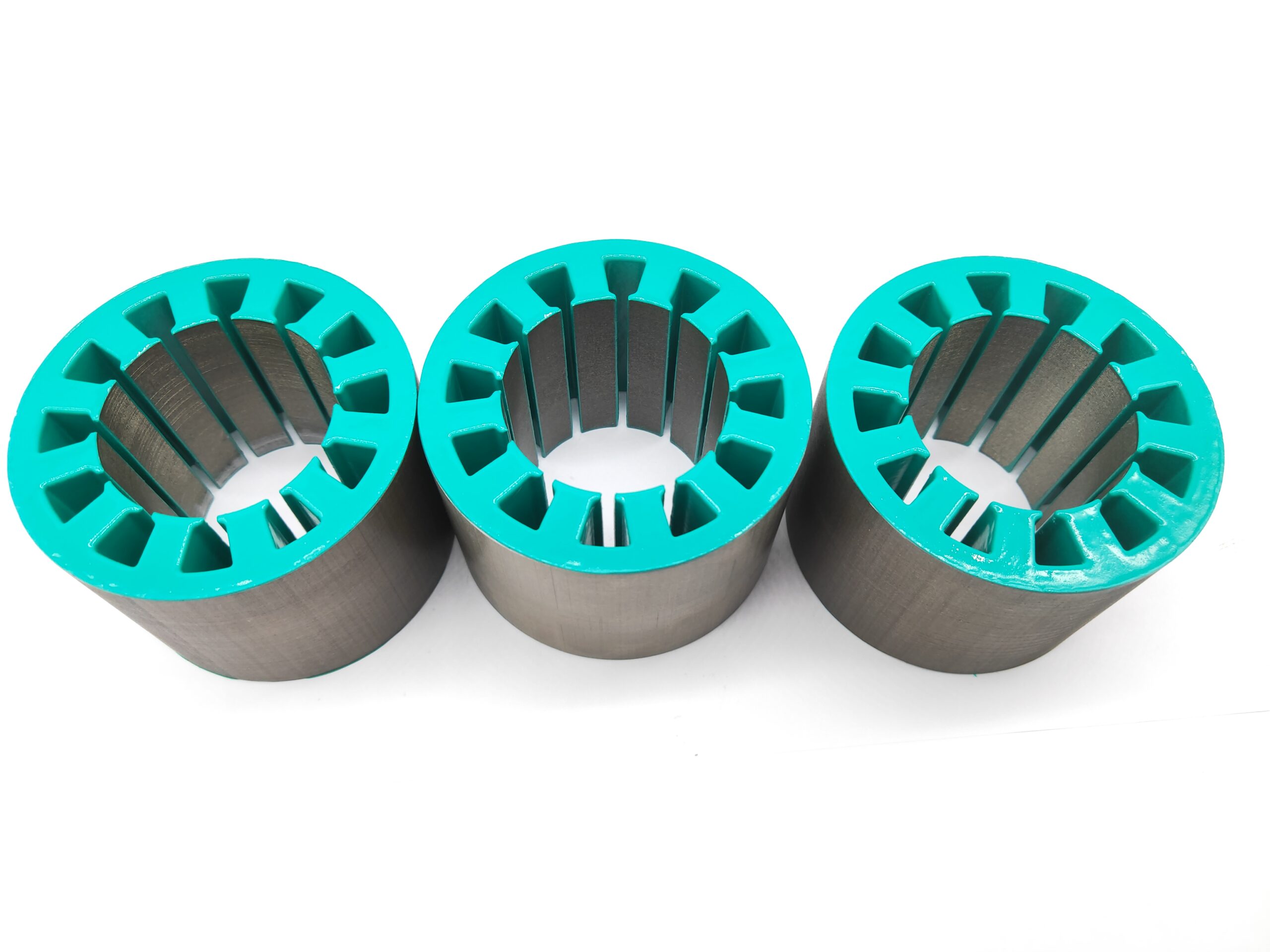 For general brushless DC motors and other motors, an insulating layer must be added between the enameled wire and the stator slot to prevent the formation of a conductive circuit and ensure the generation of an ideal magnetic field. Generally, there are three ways to insulate the slots:
For general brushless DC motors and other motors, an insulating layer must be added between the enameled wire and the stator slot to prevent the formation of a conductive circuit and ensure the generation of an ideal magnetic field. Generally, there are three ways to insulate the slots:
A. Injection molding: Use insulating plastics with high voltage resistance and form them through an injection mold. This is the most cost – effective solution for mass – producing stators, but the investment in mold costs is relatively high. Additionally, it is difficult to find materials with excellent insulating properties that can withstand temperatures above 220 degrees.
B. Slot paper: This is the most common insulation method for high – voltage motors. Since it requires manual shaping or the use of expensive slot – paper insertion machinery, it is generally suitable for small – batch or ultra – high – voltage motors.
C. Insulation coating: Since the coating thickness can be set by adjusting the temperature or the parameters of the coating machine, it can meet the coating requirements of products within a certain thickness range. Moreover, an electrostatic coating machine can achieve continuous production, with a daily output of about 10,000 pieces, which is sufficient to meet the needs of mass production.
Insulation coating has the following features:
1. It can withstand a maximum temperature of 180 degrees (H – grade temperature resistance). Commonly used materials include 3M5555, 3M260, 3M860E, 3M5230N, etc.
2. The thickness can be adjusted within the range of 0.1 – 0.6mm.
3. It has a certain strength to enhance the lamination pressure of the iron core.
4. There are various colors of insulating powder available, making your stator products stand out in terms of color.
5. The insulation coating has a certain corrosion – resistance ability.

